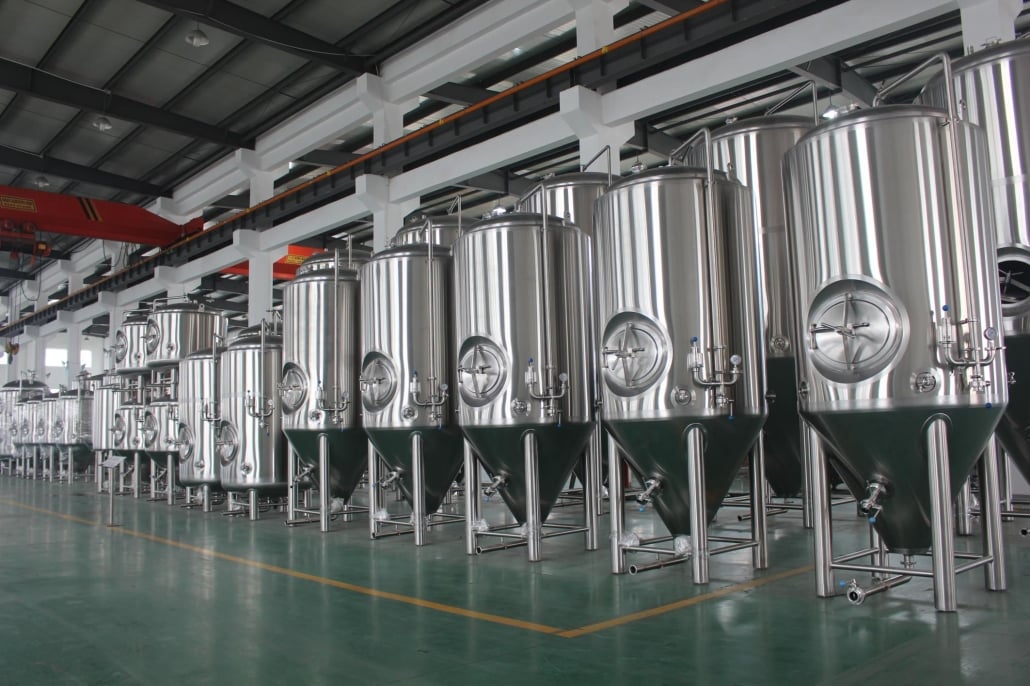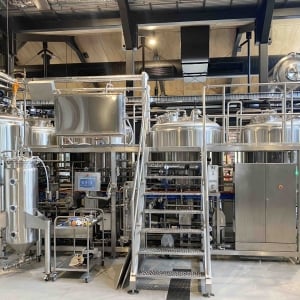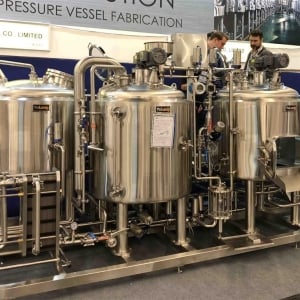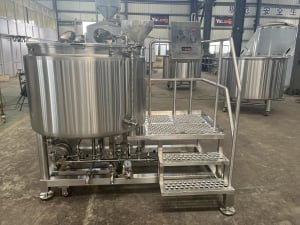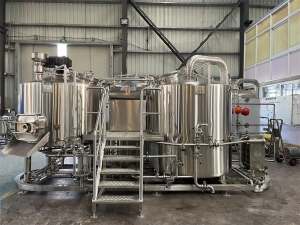As the craft beer industry continues to flourish, the demand for high-quality and efficient best commercial brewing equipment has never been greater. Whether you’re a small-scale craft brewer or a large industrial operation, investing in the right brewing equipment is pivotal to your success. In this article, we delve into the world of commercial brewing equipment, exploring the diverse options available, crucial factors to consider, and the trends shaping the future of brewing technology.
Table of Contents
ToggleIntroduction to Commercial Brewing Equipment
best commercial brewing equipment is the backbone of any brewery, dictating the quality, consistency, and efficiency of beer production. From the initial stages of milling and mashing to the final packaging, each step requires specialized equipment designed to optimize the brewing process. The right equipment not only ensures consistent flavors but also maximizes production output, ultimately affecting the bottom line.
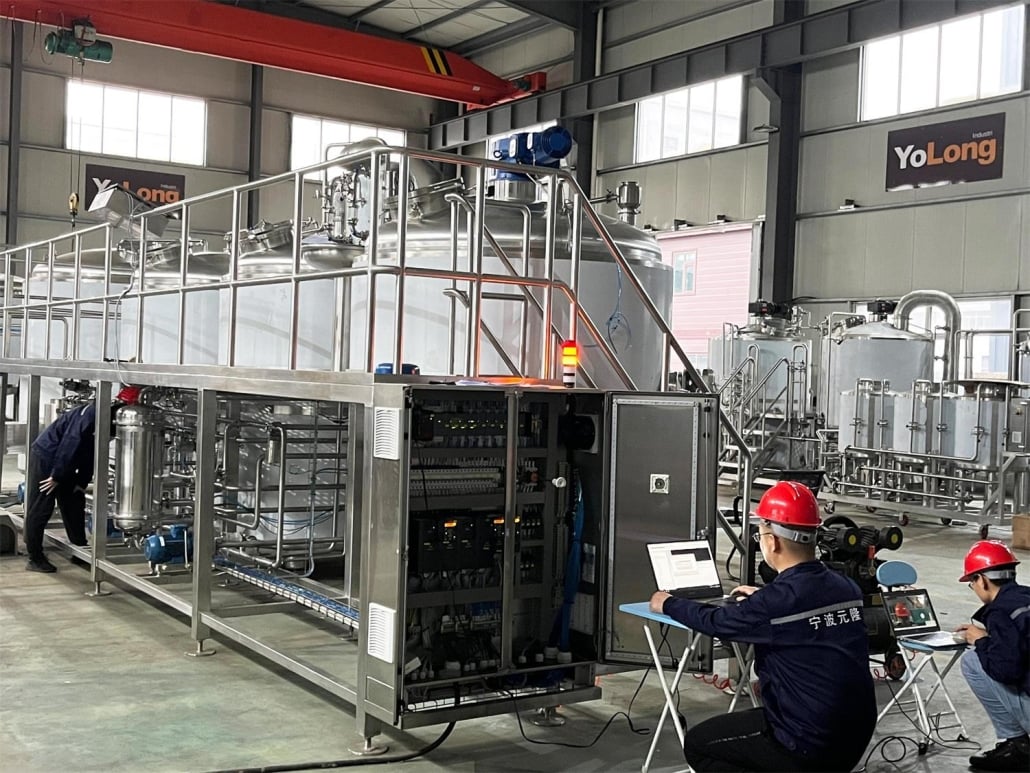
Types of Commercial Brewing Equipment
Understanding Different Equipment Categories
best commercial brewing equipment can be categorized into several distinct groups based on their functions. These categories include milling and mashing equipment, fermentation tanks and vessels, boilers and heating systems, and cooling and filtration systems. Each category plays a critical role in transforming raw ingredients into the perfect brew.
Large-Scale vs. Small-Scale Brewing Equipment
When selecting brewing equipment, size matters. Breweries come in all scales, from small craft operations to large-scale industrial breweries. The choice between large-scale and small-scale equipment impacts production capacity, efficiency, and cost. It’s essential to align your equipment choice with your brewery’s scale and production goals.
Key Considerations for Choosing Equipment
The decision-making process for choosing best commercial brewing equipment requires a comprehensive evaluation of factors. Brewmasters must consider brewing capacity, space constraints, budget limitations, and quality standards. Balancing these factors ensures that the chosen equipment aligns with the brewery’s goals and resources.
Essential Components of Commercial Brewing Equipment
Milling and Mashing Equipment
Milling and mashing mark the beginning of the brewing process. High-quality milling equipment crushes malted grains, exposing the starches within. Mashing involves mixing crushed grains with hot water, initiating enzymatic reactions that convert starches into fermentable sugars. Accurate temperature control and efficient mixing are crucial in this phase.
Fermentation Tanks and Vessels
Fermentation tanks are where magic happens. After mashing, the sugary wort is transferred to these tanks, where yeast is added to initiate fermentation. The choice of fermentation vessels affects yeast activity, flavors, and overall beer quality. Modern tanks often include advanced temperature and pressure controls.
Boilers and Heating Systems
Boilers and heating systems provide the necessary heat for boiling the wort, a crucial step for flavor extraction and sterilization. Efficient boilers optimize energy consumption while maintaining precise temperature levels. This stage also involves hops addition, contributing bitterness and aroma to the beer.
Cooling and Filtration Systems
After boiling, the wort needs rapid cooling to a temperature suitable for yeast fermentation. Cooling systems ensure efficient and controlled cooling, preventing contamination. Filtration systems remove solids and unwanted particles, further refining the beer’s clarity and taste.
Factors Influencing Equipment Selection
Brewing Capacity and Production Goals
The brewing capacity directly influences the size and number of equipment pieces required. A clear understanding of production goals ensures that the equipment can handle the desired output without compromising quality.
Space and Facility Constraints
Limited space calls for strategic equipment layout and possibly smaller, more compact systems. Equipment must fit seamlessly into the available space while allowing efficient workflow.
Budget and Cost Considerations
Budget constraints play a pivotal role in equipment selection. Breweries must strike a balance between investing in quality equipment and managing costs effectively.
Quality and Efficiency Standards
High-quality equipment contributes to consistent product quality and efficient operations. Investing in well-built, reliable equipment pays off in the long run.
Emerging Trends in Brewing Technology
Automation and Smart Brewing
The rise of automation has revolutionized brewing. Smart brewing systems offer remote monitoring, data collection, and automated process control. These systems enhance consistency, reduce human errors, and save time.
Energy Efficiency and Sustainability
Breweries are increasingly adopting energy-efficient practices and equipment. From heat recovery systems to solar-powered solutions, sustainability is driving innovation in brewing technology.
Advanced Control and Monitoring Systems
Modern brewing equipment incorporates advanced sensors and control systems that provide real-time data on crucial parameters. This data empowers brewers to make informed decisions and maintain process integrity.
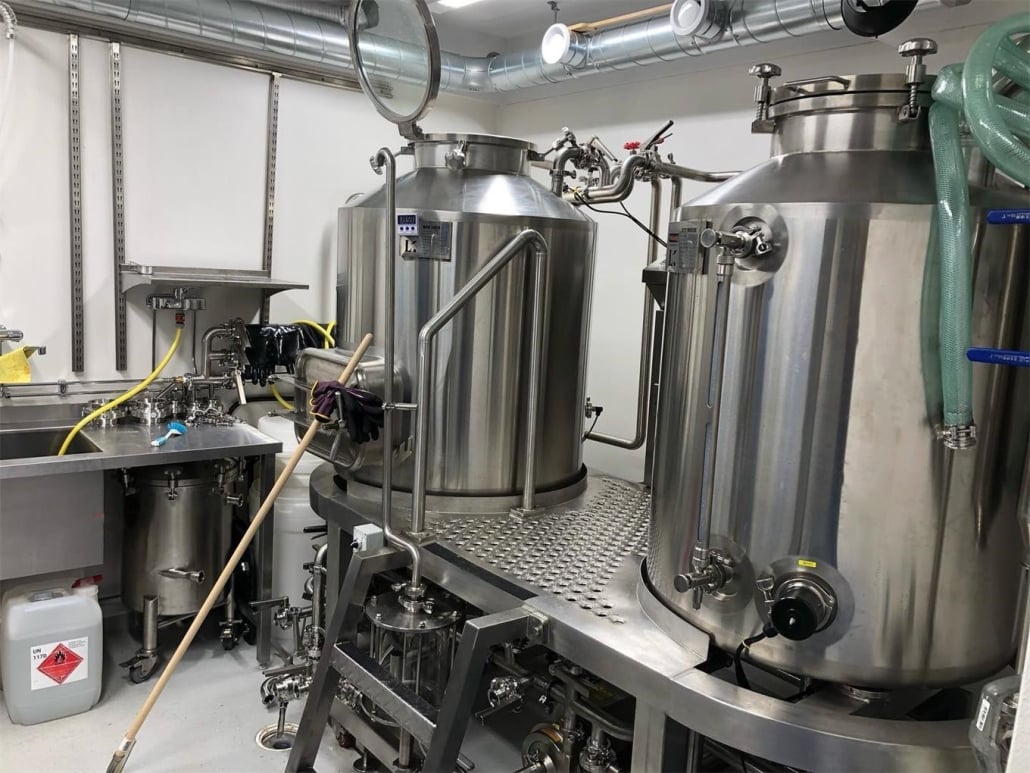
Maintaining and Caring for Brewing Equipment
Regular Cleaning and Sanitization
Proper cleaning and sanitization are paramount to prevent contamination and ensure beer quality. Routine cleaning schedules and the use of food-grade sanitizers are standard practices.
Preventive Maintenance Practices
Regular maintenance prolongs the lifespan of brewing equipment. Lubrication, seal replacements, and inspections are vital to identify and address potential issues before they escalate.
Troubleshooting Common Issues
Even with the best equipment, issues can arise. Brewers should be well-versed in troubleshooting common problems to minimize downtime and maintain production flow.
The Future of Commercial Brewing Equipment
As technology evolves, brewing equipment will continue to advance. Automation will become more sophisticated, sustainability will remain a driving force, and innovations will shape the landscape of brewing.
Conclusion
Choosing the best commercial brewing equipment is an intricate process that requires careful consideration of various factors. From understanding your production goals to embracing emerging technologies, the right equipment sets the stage for exceptional brews. By staying attuned to industry trends and maintaining equipment with care, breweries can thrive in an ever-evolving market.

